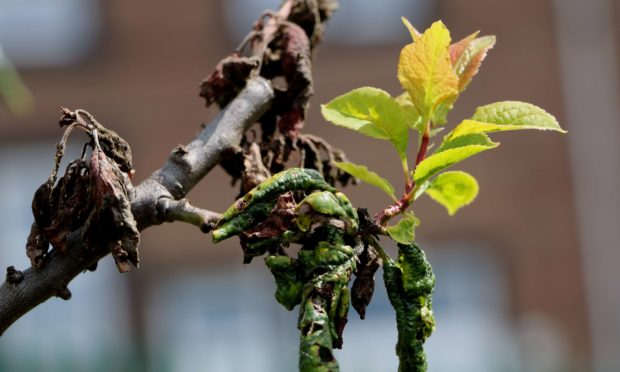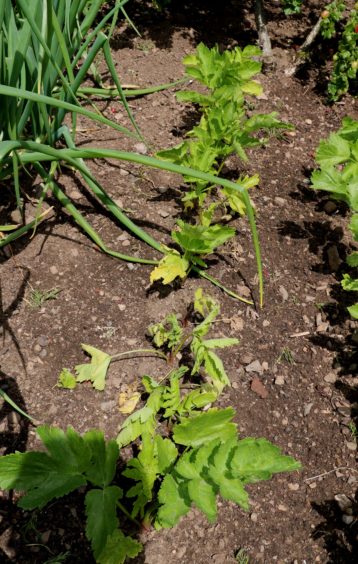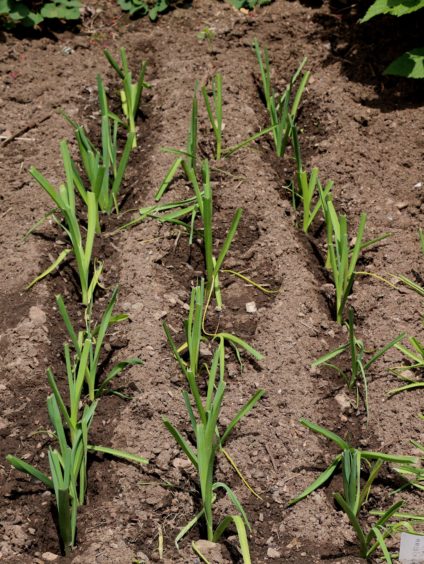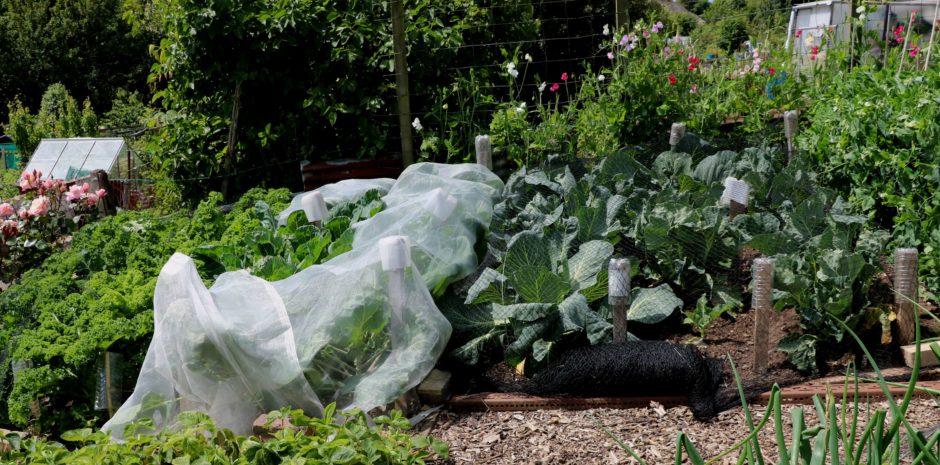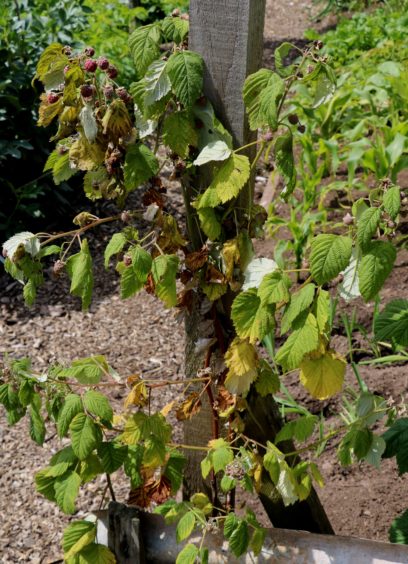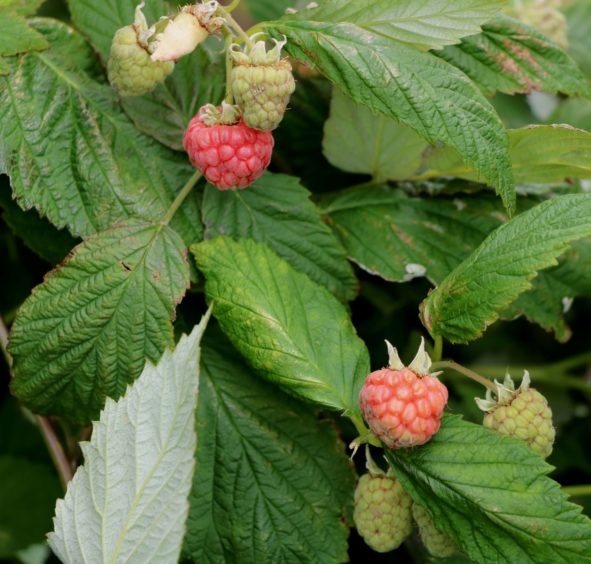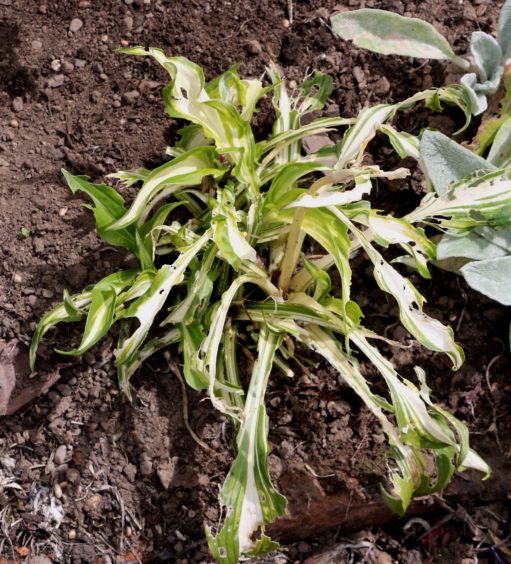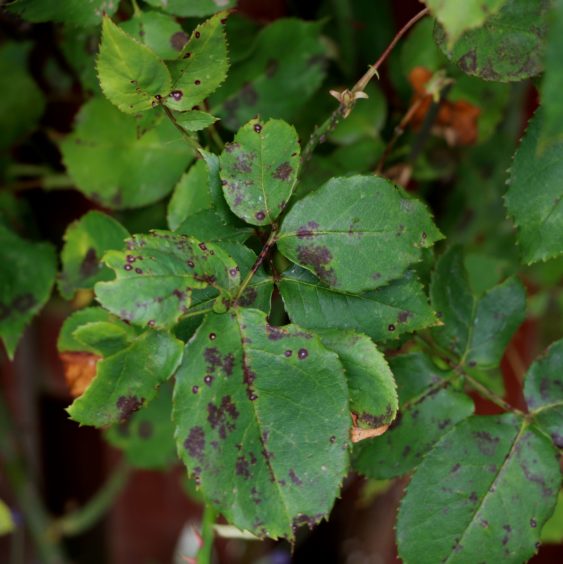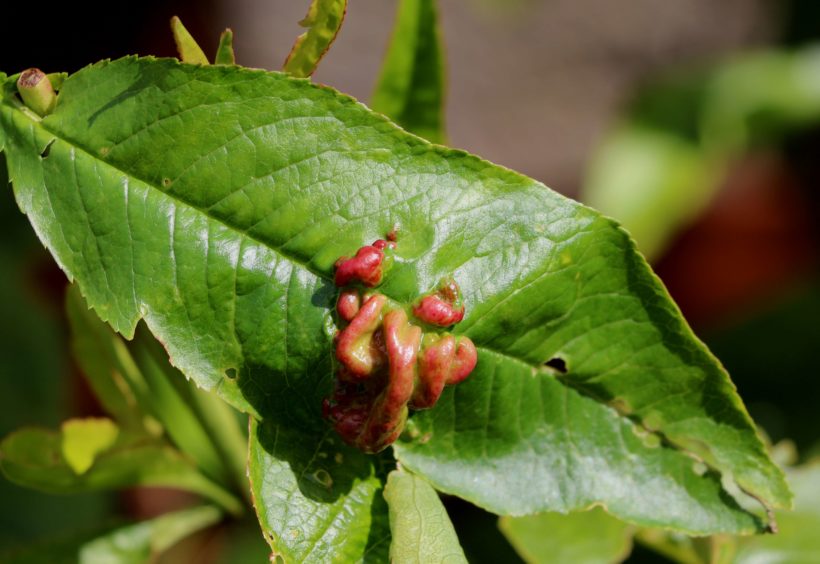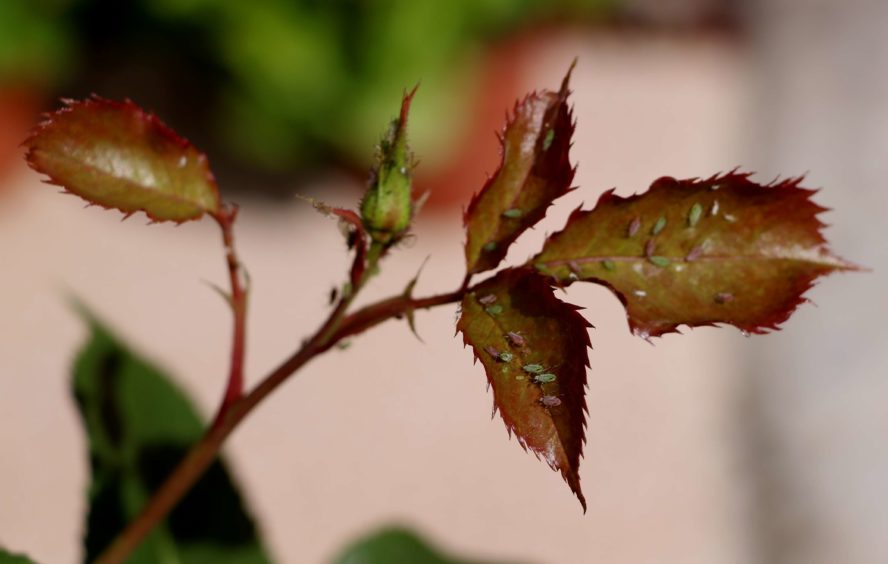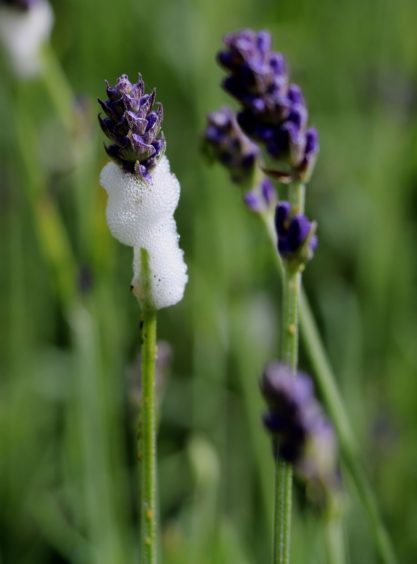Fifty years ago there was an armada of chemicals to use for every gardening problem.
We could grow any fruit, flower or vegetable to exhibition standards since we had a good chemical to sort out any pest or disease that dared to show its head on our patch.
We had great training on insecticides, fungicides, weed killers and soil sterilants.
There was Aldrin, Dieldrin, Parathion and DDT to sort out pests of cabbages, caulflowers and turnips and carrots then plenty systemic insecticides containing Dimethoate ot Demeton S methyl which was systemic so quickly sorted out any greenfly problem.
Weed control was also a breeze as we had the residuals of simazine and atrazine and for real problems Bromacil.
That kept our raspberry plantations weed free from both annual and perennial weeds.
In woodland areas and rough land we had 245T to control brushwood, but it got a bad press when we discovered it was used in the Vietnam War as Agent Orange and had a devastional affect on the population as well as plants.
There was also a huge demand for a contact herbicide for an instant kill, so paraquat and diquat, as Grammoxone, found a great market, but just a pity it was a poison with no known antidote.
Today there are no residual herbicides but at the moment Glyphosate is still available.
It is the last one and very effective.
Research into the effects of pesticides on the environment was in its infancy 50 years ago. Then Rachel Carson brought out her book, “The Silent Spring” to be followed by John Coleman-cook’s “The Harvest That Kills” and suddenly we young horticultural students began to realise what was going on all around us.
Wildlife and birds were all dying due to the exposure of all these toxic chemicals.
Slowly one by one nearly all these chemicals were withdrawn so we saved the wildlife and the environment, but now scientists and plant breeders have the task of pest and disease control in a safe manner.
We still have a few chemicals left that are considered safe, but are constantly reviewed and in danger of being banned.
Slugs and snails have always been a real nuisance in the garden, but in the past we had slug pellets with metaldehyde at 3% strength.
This has now been reduced to 1% and slugs go sick for a few days then return as hungry as ever.
Carrot fly has no chemical solution, so fine mesh netting has to be used on carrot and parsnip rows.
Greenfly have now become a major pest on numerous crops made worse by mild winters so all the over wintering eggs survive.
Some chemicals used for roses will give some control, but on a small scale you can revert to the messy business of squashing them with fingers.
Fingers are also used for control of the frog hopper hiding in the cuckoo spit.
Rose mildew, rust and black spot can be sprayed with some chemicals, but rose breeders are now concentrating on breeding disease resistance into new varieties.
Breeding resistance is also used with brassicas to eliminate clubroot fungus as well as peach leaf curl on outdoor peaches.
Netting has now become an essential task to protect plants from cabbage white butterfly, pigeons and other birds.
Blackbirds just love strawberries, blueberries and saskatoons.
New varieties of strawberries are now mostly resistant to botrytis fungus so no need for spraying.
However raspberries still need two sprays to control the fruit maggot which will infest the fruit.
Phytophthora fungus is the latest serious disease that has scientists and breeders working hard to bring out plants with resistance.
Different strains of this disease affect raspberries, potatoes as well as many trees including larch plantations.
Fifty years ago it was the elm trees that got just about wiped out with Dutch elm disease but now we have Ash die back and sudden oak death affecting our trees. The battle never ends.
Wee jobs to do this week
Leeks that were sown outdoors at the beginning of March have now made good growth and are ready to transplant into their final rows. This year I am sowing two old but reliable favourites, Lyon and Musselburgh.
The young seedlings are now about ten inches tall. Lift carefully then sort out the biggest and discard the weakest.
The chosen ones are topped and tailed then dibble deep holes into a three inch deep furrow and drop the plants into the holes.
Run a watering can along the holes to bed in the transplants then after a few days straiten them up and wait for them to grow.
